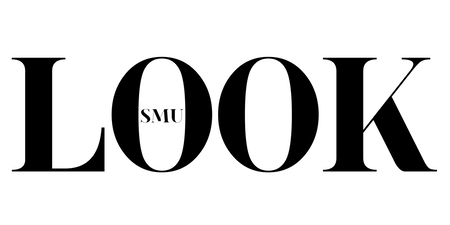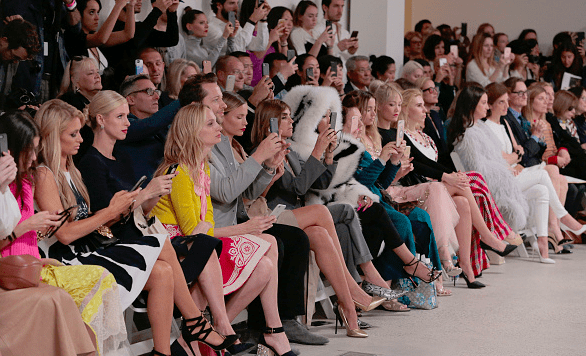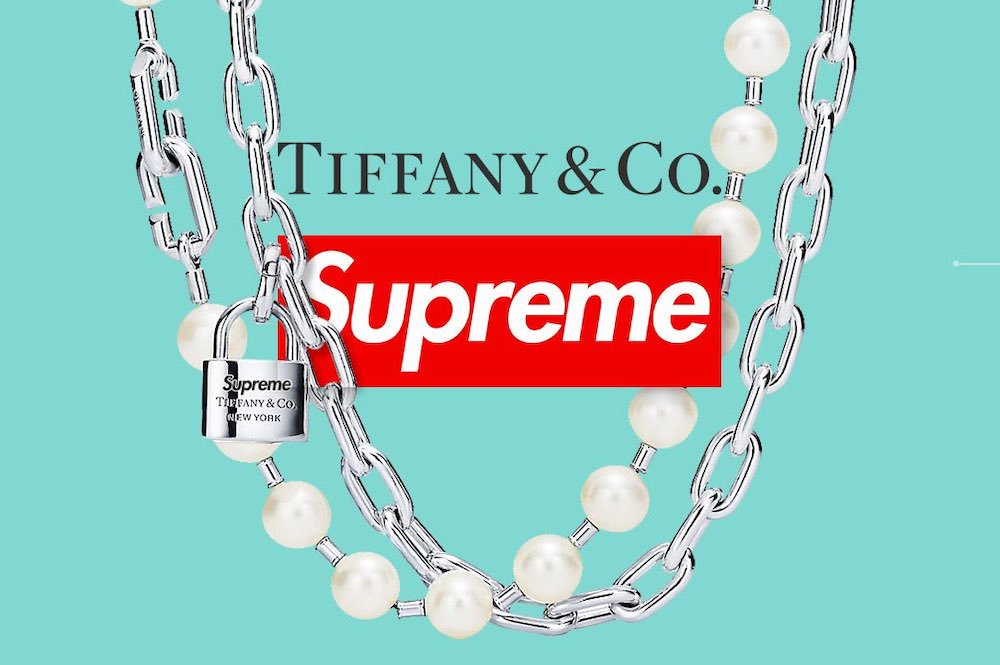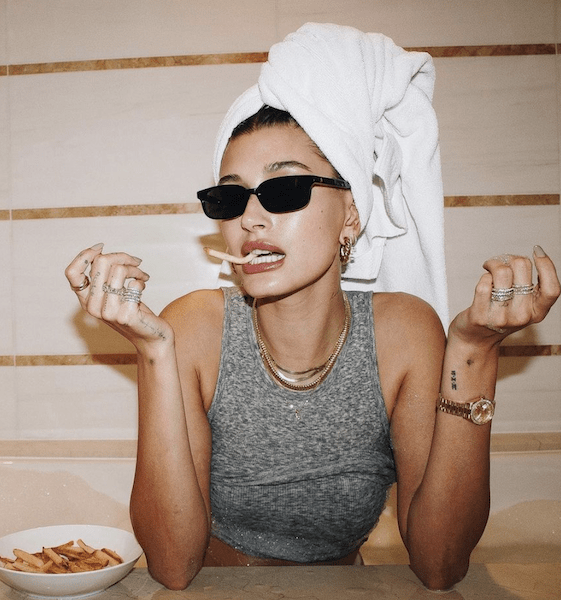With the rise of fashion blogs, Instagrams, and various influencers, immersing yourself in the world of fashion has become more accessible than ever. An easy go-to outfit that grants people entrée into this world is to dress in neutrals. While they can look great when brought together tastefully, white, black, and grey can only carry yourself so far, especially as spring and summer bring vivacity into the world via equally vibrant colors. Now, before you start tacking on colors to yourself like a community billboard, take a step back and learn about how you can incorporate some tasteful color theory into your fashion prowess.
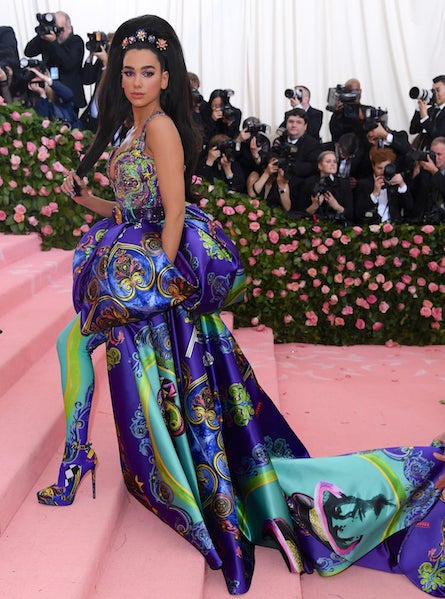
Simply put, color theory is the art or science of using colors with each other and seeing how these colors interact with one another. Colors can come together and create harmony or completely clash and produce a jarring effect. It’s important to know the basics of how colors interact so that your outfit carries the amount of flair that you want.
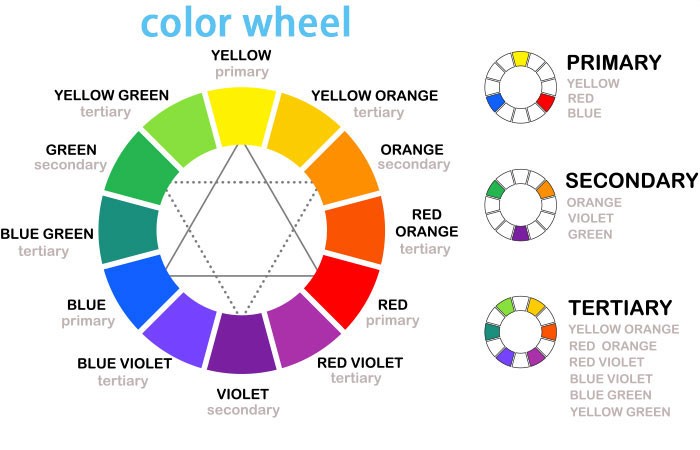
To understand color theory, say hello to your newest best friend – the color wheel! The color wheel is a great visual aid that depicts how color interacts with one another and (some of) the possible combinations between colors. The colors of the color wheel are broken down into three main categories. Primary colors are colors that cannot be reproduced from the mixing of other colors and that serve as the main sources for other color combinations – these colors are red, blue, and yellow. Secondary colors are a combination of these primary colors; for example, a combination of red and blue brings about the secondary color of purple. Lastly, tertiary colors are combinations of primary and secondary colors, giving rise to shades like mint and aqua.

Using the color wheel can help you make the perfect matches in your outfit. To go bold, you can go with a complementary combination. These combinations are most seen in the spring-summer season as they make the colors pop out. Complementary combinations are made by going across the color wheel, such as violet/yellow and blue/orange.
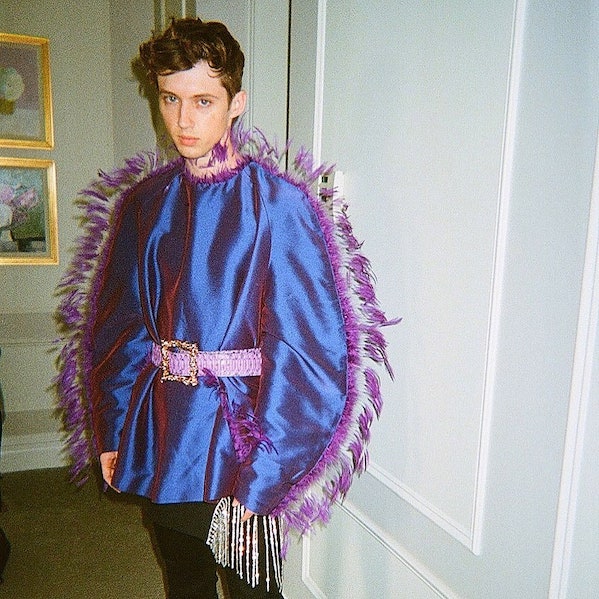
Analogous combinations are for a more subtle look that combines a range of colors that are right next to each other on the color wheel. The finished outfit gives the same sense of completion as a monochromatic look but mixes it up some variety. If you have a bold statement piece but you want to tone it down, you can look at similar pieces that fall right next to the color of the piece on the wheel.

Combining colors that are equidistant from one another on the color wheel can give rise to a triadic (of three colors) or a tetradic (of four colors) combination. You can make a combination of cool colors, warm colors, or both at an aesthetically pleasing ratio. Combining more than two colors can elevate your style and it offers you more options to express your flair.
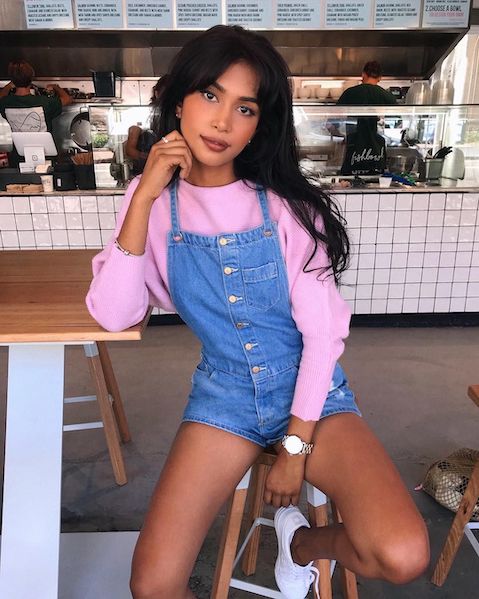
Whether you’re dressing up for Instagram or to remind yourself of the fashion acumen that you possess, use color theory to add the right pop of color to your life.
